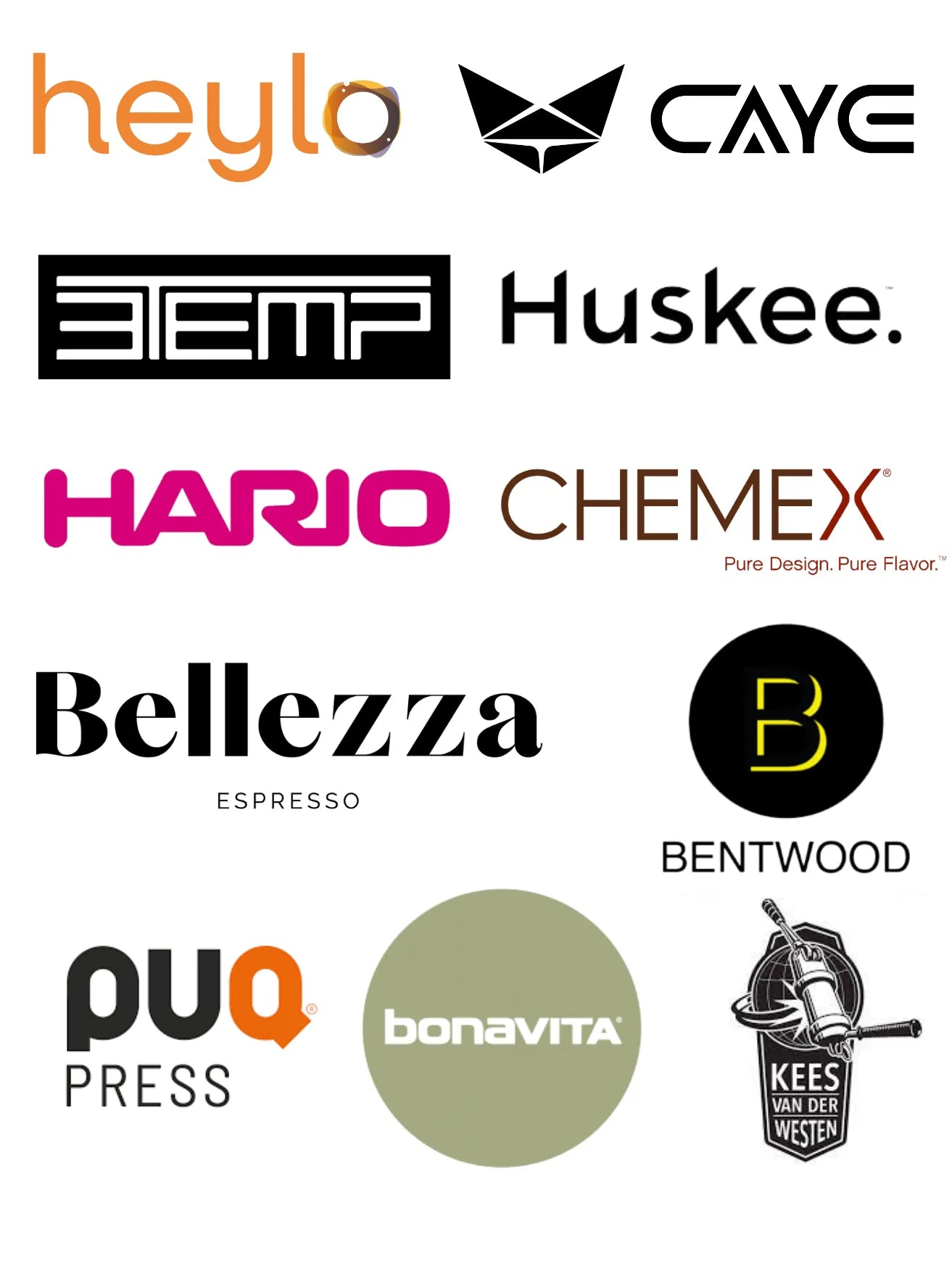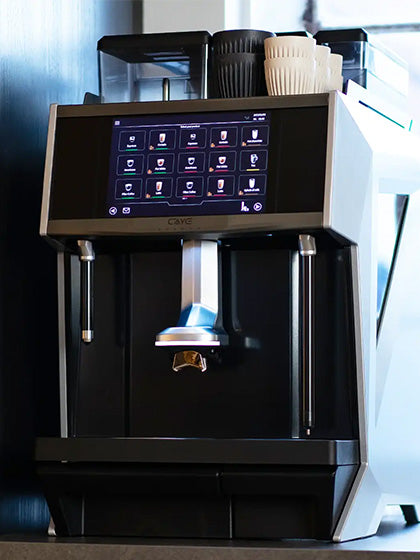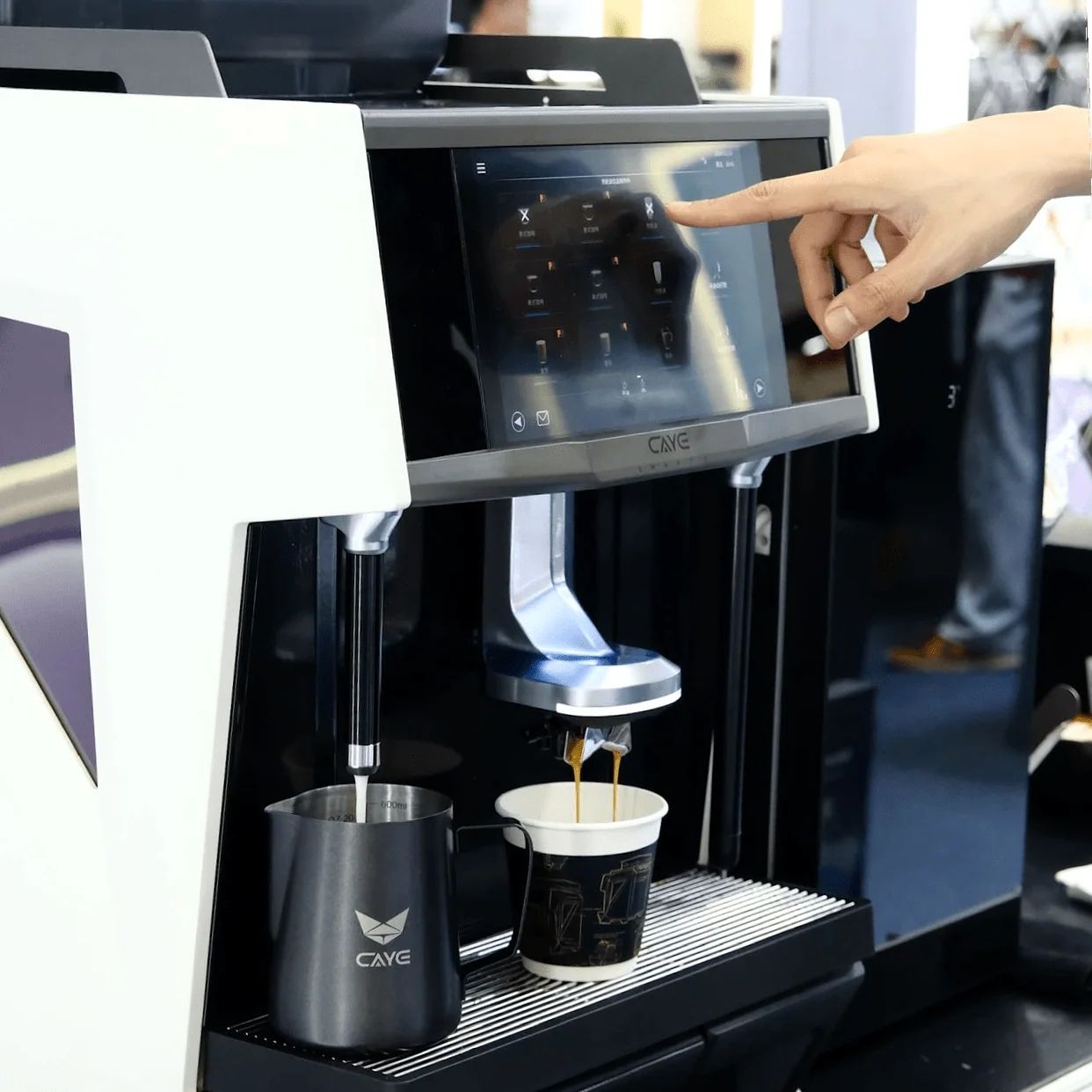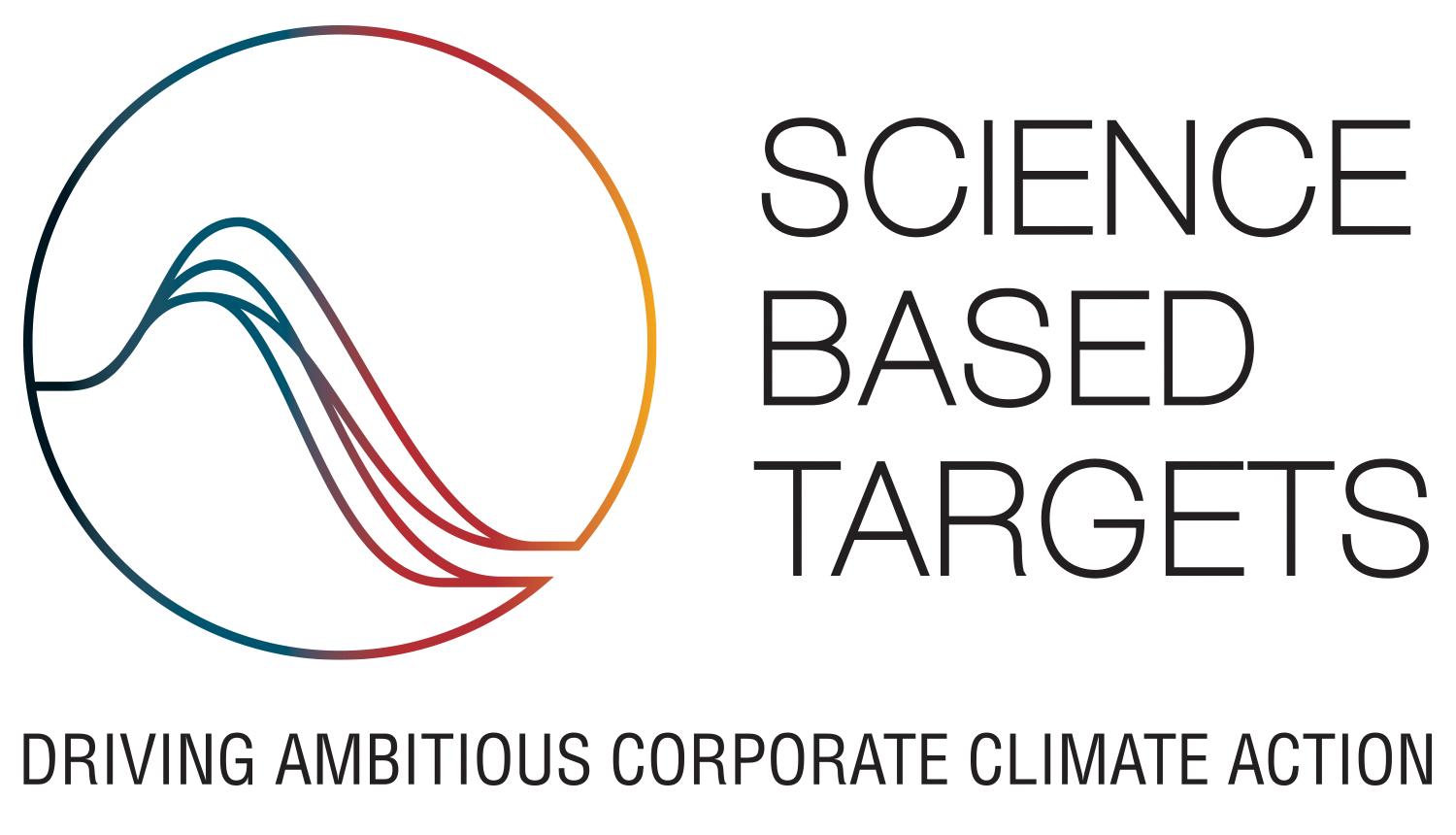
A new logo has been added to the CleverCoffee collection.
A new logo has been added to the CleverCoffee collection. We are validated by the SBTi and are very proud to be part of the science-based approach to climate action. Our carbon accounting covers scope 1, 2 and 3, and our near-term target is in line with the 1.5 trajectory, which is currently the most ambitious within the SBTi Framework.
While we’re happy and proud to have joined the SBTi, there is something in this relationship we need to talk about. Something that the SBTi points out themselves in their disclaimer:
The SBTi validation is an intention to combat the carbon footprint in the future. There is no connection to any real action that you have done or are in the process of doing, nor any assurance that you will achieve the target you have set.
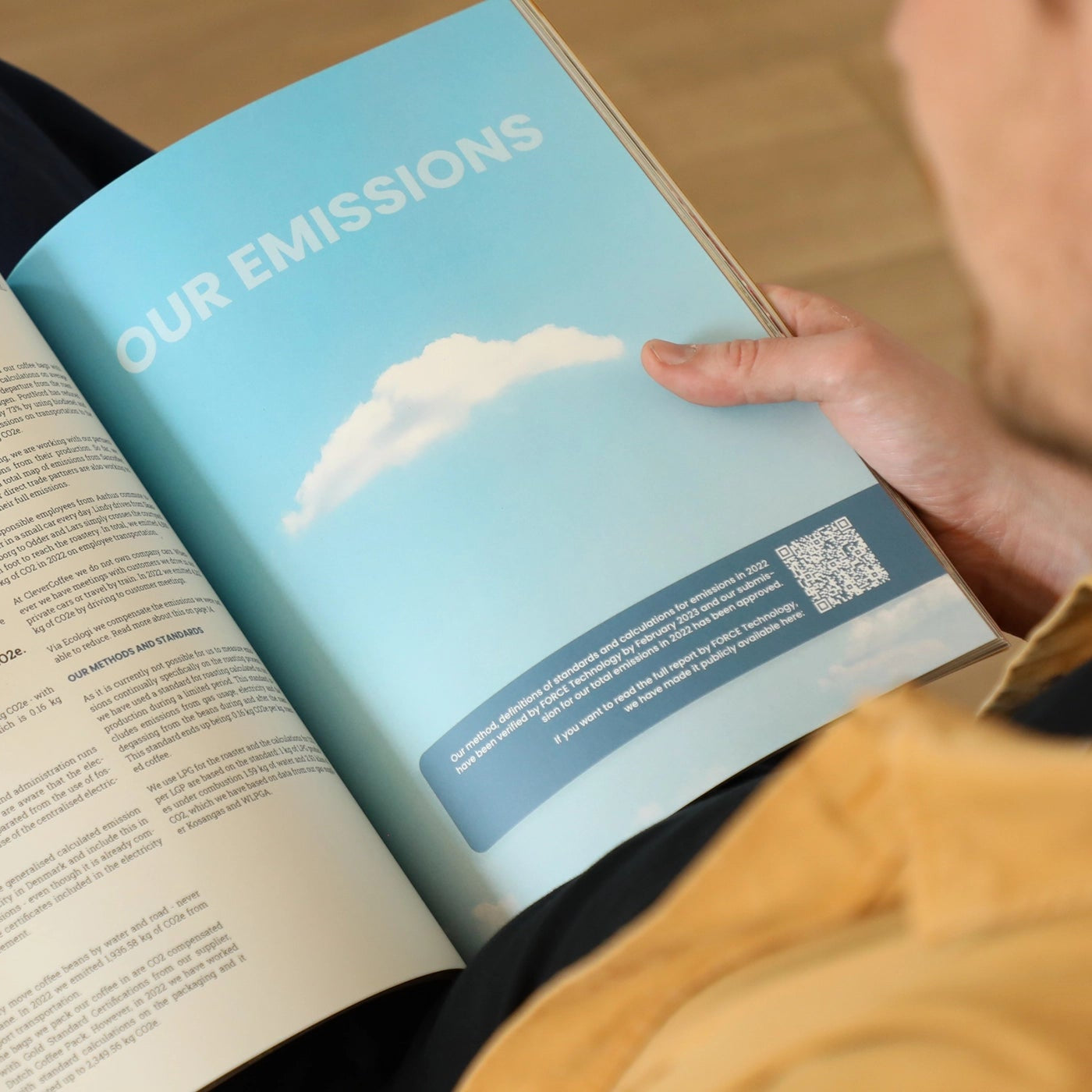
We should all work science-based, right?
SBTi has based its framework on the rules and guidelines from the GHG Protocol on the basis of the IPCC report. This structure ensures that everyone works towards the same ultimate goal: Keeping global temperature rise under 1,5 degrees.
In order to reach that goal, everyone must get their act together and reduce emissions drastically. That is why the SBTi vision is so useful. It is actively working to help companies reduce their emissions by committing to serious, science-based targets.
We are not the only ones who think this way. The approval and popularity of the SBTi is growing exponentially. The total number of companies with science-based targets increased by 102% during 2023 alone compared to previous years, according to the SBTi intelligence. Larger companies and organisations are starting to set validated targets as a demand for their incoming suppliers. Slowly, the SBTilogo is becoming a symbol of serious climate action. But as claimed in their own disclaimer: The target is just a target, not validation of actual action.
What is more important?
No one size fits all
According to the SBTi Framework, the first step to reaching net-zero emissions is a) “reducing scope 1, 2 and 3 emissions to zero or a residual level consistent with reaching net-zero emissions at the global or sector level in eligible 1.5°C scenarios or sector pathways”. For most companies, that would mean a 90% reduction of emissions before being allowed to neutralise with removals.
Now comes the dilemma. Because there’s always one, right?
Scenario 1:
Imagine that you’re the leader of a huge company. You have money to invest in the green transition, but in recent years, you’ve been more focused on creating surplus for your investors. Now you’ve realised that climate change is real (or a good business case in being “green”) and you want to do something about it. You start out with a pretty shitty baseline in terms of carbon accounting, because you haven’t thought about that aspect in your company yet. Let’s say you have an annual emission of 10,000 tCO2e. To reduce that by 90%, you need to cut 9.000 tCO2e and then neutralise the remaining 1000t with carbon removals. So you begin by optimising production. Switching to green energy. Replacing machines, cars and equipment with electrical. You sort trash, buy recycled materials and incorporate new internal procedures for travels and the canteen. Now you are already very far in cutting emissions, and your customers, as well as the SBTi, are thrilled. What a hero for the climate!
Scenario 2:
Now comes the opposite. Imagine you’re that same kind of company. But you’ve run your business differently for years, because you knew that it was a good idea and a good investment. Therefore, you have already cut all low-hanging fruit on emissions (trash, green energy, business travels, etc). You’re left with those last emissions, which are much more difficult. Now your customers are starting to demand that you commit to a carbon target to make sure you work seriously on reducing emissions. But because of your previous efforts, you have an annual emission rate of only 500 tCO2. To reduce by 90%, you have to cut 450 tCO2e out of your production before you are allowed to neutralise. As that seems impossible in your already optimised business, you can’t comply with the SBTi, and your customers start to wonder why you aren’t committing to a serious emission reduction.
You get my point?
While all of us need to get as close as possible to zero, the current framework and socially accepted path make the picture a bit muddy. What is more important - a low carbon footprint or a large reduction?

Hear me out
We need the SBTi more than ever
Now, there’s an impending danger that some would misinterpret my angle and assume that we don’t like the SBTi framework. Or that we don't believe in it. Or that they should give the companies with lower emissions some special treatment.
That is not the case.
We need the work of SBTi more than ever, because we all need to reduce emissions, including low-emission companies. The strength of the SBTi is a shared standard which gives companies from all industries across all sizes a framework that is very specific and very concrete. Such a framework can be a significant help in overcoming the challenging task of reducing emissions to the required level. And any help, no matter what it looks like, is necessary for the sake of our planet.

My point is...
.. that the framework is made for helping companies set a target of reducing large amounts of emissions, not to validate whether they have already done so, whether they are “green”, or whether they have low emissions. What matters is that they have made a promise to reduce their carbon footprint by a certain percentage from a certain baseline.
In the aftermath of this process, I’m left with a question. Is the SBTi a suitable tool for everyone to demonstrate whether they are serious about emissions reduction or not? No. Because we all have a different starting point. And most importantly, SBTi does not tell us anything about what a company has achieved or actually will achieve - only what they promise to achieve.

Moving forward
Where do we go from here?
CleverCoffee’s carbon accounting is validated by the SBTi with both a near-term and a long-term target. We wish to showcase to our customers that we work actively and seriously to reduce our carbon footprint. We promise you this:
✔︎ We will keep publishing our emissions and our removals transparently.
✔︎ We will keep working actively to reduce our emissions.
✔︎ We will keep showcasing honest data of our progress.
.. just like we did before our SBTi validation.

Written by Johanne Thygesen
Development Coordinator
CleverCoffee


